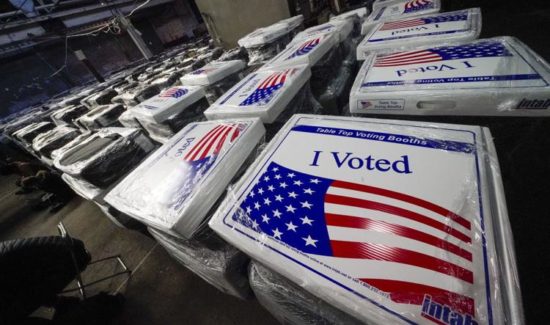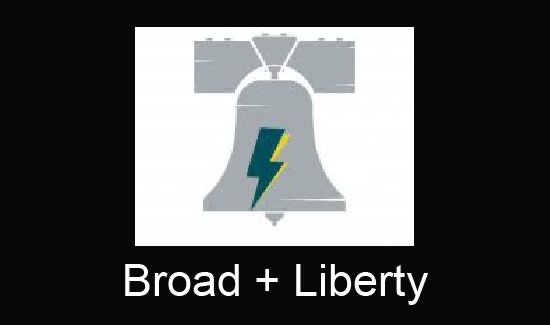Pittsburgh Mills TIF Comes Home To Roost

The boomerang that tax-increment financing (TIF) can be has come back to hit some Frazer Township taxpayers square in the wallet, finds an analysis by the Allegheny Institute for Public Policy.
“Yet again, the risks of TIF for retail have been laid bare,” says Eric Montarti, research director at the Pittsburgh think tank (in Policy Brief Vol. 20, No. 10).
It was nearly two decades ago that a TIF district was created to help underwrite the construction of the Galleria at Pittsburgh Mills, more commonly known as the Frazer Mills Mall. Fifty-million dollars in TIF bonds were issued in 2004, to be paid off in 2023.
In a nutshell, tax-increment financing is debt incurred by a public entity in the form of bonds to finance the construction of a respective project. In theory, the bonds are repaid with increased tax proceeds – the “increment” — from the higher-assessed completed project.
As part of the plan, as a failsafe, Frazer Township also authorized a Neighborhood Improvement District, or NID, at the site. Should the project not produce enough tax revenue to cover the bond payments, owners of taxable property within the NID would face a special assessment to cover the shortfall. Those owners approved of the NID provision.
Pittsburgh Mills opened with great fanfare. At least one observer quipped that the new shopping complex would “change life as we know it” in the Greater Tarentum Area.
But the mall did not turn out to be any kind of life-changing be-all and end-all. Its performance can best be described as a long slog to retail irrelevance.
A complex whose assessed value was $138.4 million as recently as 2018 now is assessed at $14.1 million. And that after the moribund complex, in foreclosure, sold at auction for $100 – yes, $100 – in January 2017.
In short order, 25 of the Neighborhood Improvement District’s 37 taxable parcels sought lower reassessments. Twelve won lower assessments for 2020; eight of those currently are before the county Board of Viewers.
And that set in motion the TIF chickens coming home to roost.
While incremental property tax revenues from 2004 to 2015 satisfied the requirements of servicing the TIF debt and related costs and no annual NID make-up payments were required, the increment revenue fell below what was needed in 2016.
Since then, needed annual NID payments have been $1.2 million (2016); $923,000 (2017); $825,000 (2018); $5.8 million (2019) and $5.95 million (2020).
“In 2020, of the 28 parcels subject to an annual payment … nearly all will pay more through the NID annual payment than they would on their 2020 assessed value and current millage rates,” Montarti says. Nine parcels of vacant land will not make any payment.
And due to assessment-lowering appeals that resulted in tax refunds, an additional NID payment of $4.6 million will be required for 2019 with the total 2020 NID assessment rising to $10.6 million.
With $14.9 million outstanding in TIF bonds after payments through July 1, 2020, the NID special assessments will be $6.1 million (2021), $6.2 million (2022) and $6.1 million (2023).
“We long ago warned about the use of TIFs for retail projects,” Montarti reminds.
“TIFs were designed to help create good jobs-producing redevelopments in blighted areas but were quickly adopted for retail where multiplier effects are nil and where the projects become major competitors for customers of non-subsidized retail outlets,” he concludes.
Colin McNickle is communications and marketing director at the Allegheny Institute for Public Policy ([email protected]).






